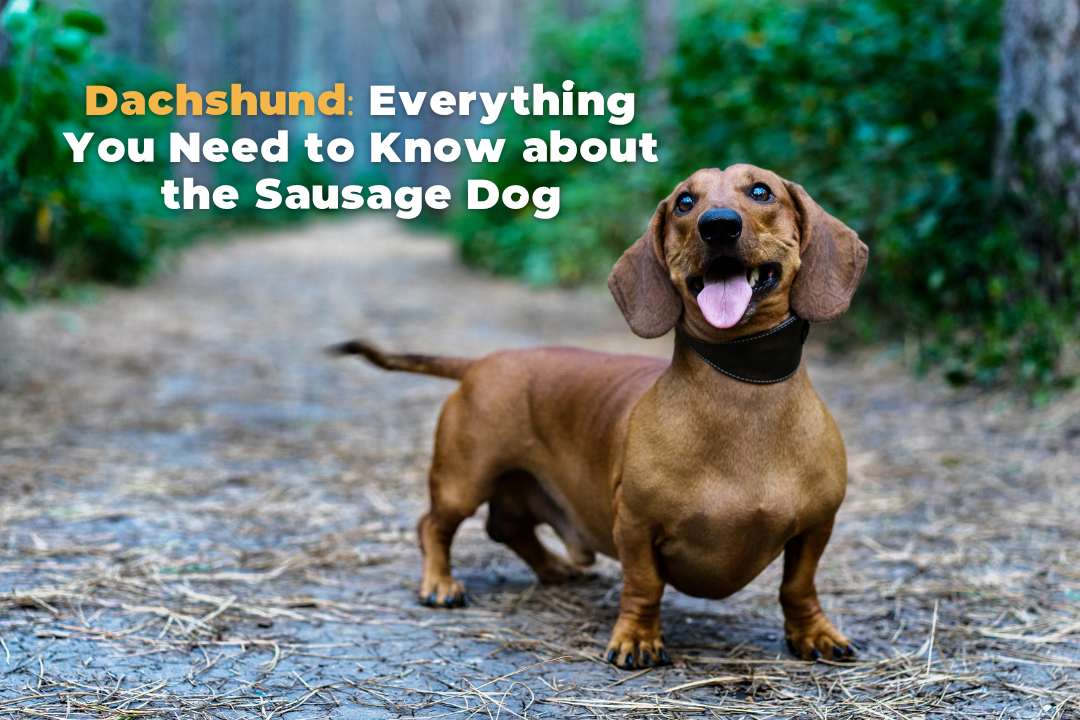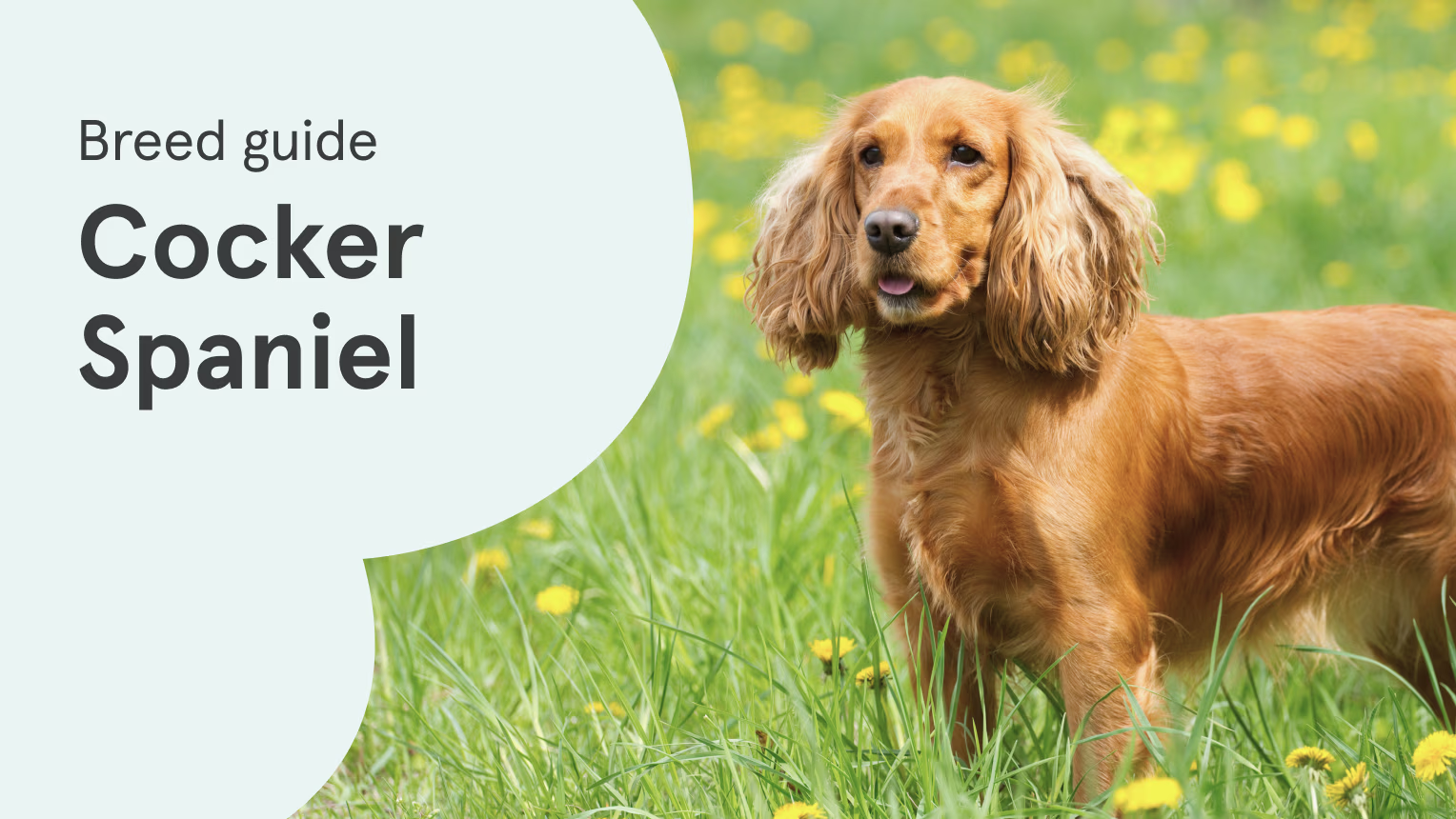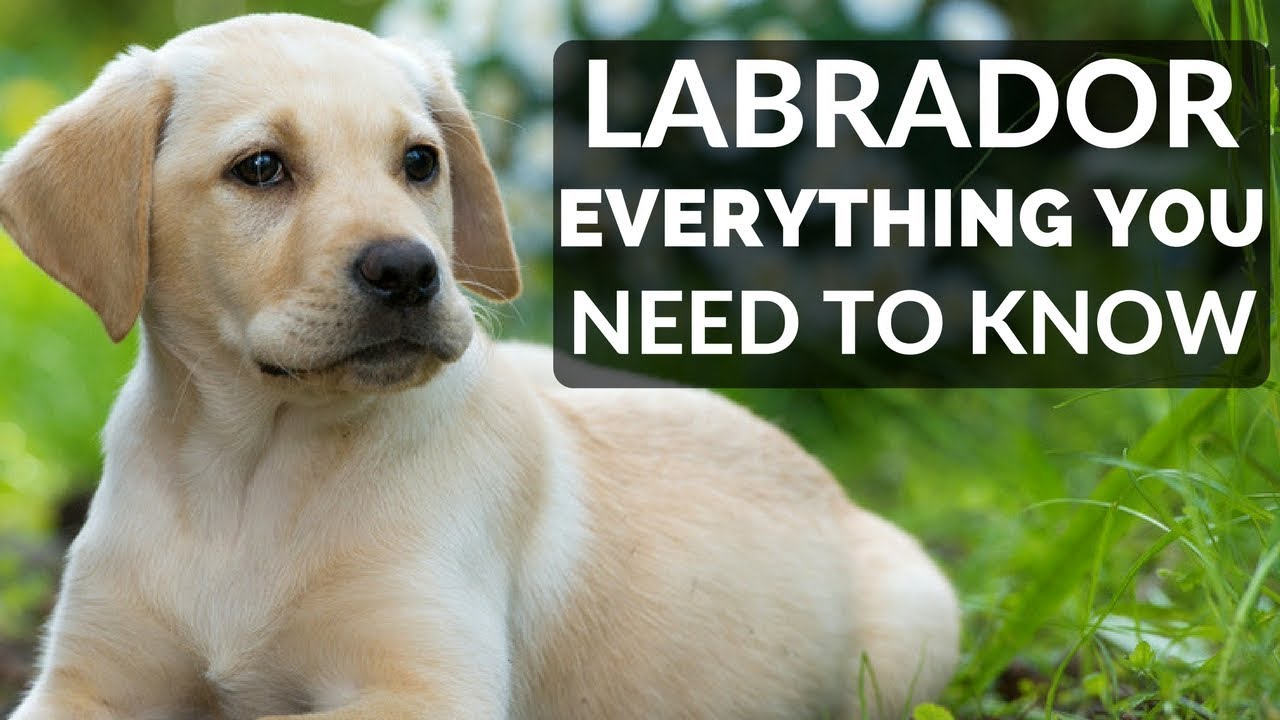Greyhound: Complete Guide to the Gentle Sprinter
The Greyhound is an ancient and elegant breed, known for its exceptional speed, slender physique, and surprisingly calm demeanor. Often associated with racing, Greyhounds are much more than just track dogs—they make affectionate and laid-back family pets. This article offers a deep dive into the Greyhound breed, including its history, characteristics, care tips, training methods, and pros and cons to help you decide if this breed is right for you.
Breed Overview
- Breed Group: Hound
- Origin: Ancient Egypt / British Isles
- Size: Large
- Weight: 60–70 pounds (males), 55–65 pounds (females)
- Height: 27–30 inches (males), 25–28 inches (females)
- Lifespan: 10–14 years
- Coat Type: Short and smooth
- Temperament: Gentle, quiet, affectionate, reserved
- Exercise Needs: Moderate
- Common Nickname: The 45-MPH Couch Potato
History and Origin
The Greyhound is one of the oldest dog breeds, dating back over 4,000 years. Ancient Egyptian artifacts often depict dogs resembling Greyhounds, and their presence in European nobility and literature further proves their enduring popularity. Initially bred for hunting game like deer and hares, Greyhounds were later used in racing and lure coursing due to their unmatched speed.
Physical Characteristics
Greyhounds are instantly recognizable by their lean, aerodynamic body, deep chest, long legs, and narrow head. Their muscles are well-developed, designed for sprinting rather than endurance. Their short coat comes in a wide variety of colors including black, white, fawn, red, blue, and brindle.
Despite their athletic build, Greyhounds are not hyperactive. In fact, they are known for being quite lazy indoors and love lounging around the house.
Temperament and Personality
Greyhounds are calm, sensitive, and affectionate dogs. They tend to bond closely with their families and are usually polite with strangers. While they enjoy short bursts of play or running, they are more than happy to nap for most of the day—hence the nickname “45-MPH couch potato.”
They are typically not barkers and do well in apartments or quiet homes. However, they do best in environments that are not overly chaotic, as they can be a bit reserved or timid.
Living Needs
Despite their size, Greyhounds are very adaptable and can thrive in apartments as long as they get regular walks and occasional off-leash runs in a secure area. Their short coat means they are not well-suited to cold weather, so they may require a dog sweater or coat in winter.
Greyhounds also have thin skin and are prone to developing pressure sores if they don’t have soft bedding.
Exercise Requirements
Greyhounds need moderate exercise. A couple of daily walks and occasional sprints are enough to keep them healthy. Contrary to popular belief, they are not high-energy dogs. In fact, many retired racing Greyhounds easily adapt to a laid-back lifestyle.
However, due to their instinct to chase, it’s important to keep them leashed unless in a fully enclosed area. They may chase small animals such as squirrels or cats.
Training Guide
Greyhounds are intelligent but sensitive, so training should be gentle and reward-based.
Tips for Training Greyhounds:
- Use Positive Reinforcement: Greyhounds respond best to treats and praise. Avoid harsh corrections.
- Socialization is Key: Especially for retired racers, introduce them to different people, pets, and environments early on.
- Recall Training: Teach strong recall commands, especially important due to their chase instinct.
- Crate Training: This can help them feel safe and secure, especially in the early days of adoption.
- Leash Training: Many Greyhounds aren’t familiar with leashes if they’re ex-racers. Start slow and be patient.
Health Considerations
Greyhounds are generally healthy, but they do have some breed-specific considerations:
- Bloat: Like other deep-chested breeds, Greyhounds are at risk of gastric torsion.
- Hypothyroidism
- Bone Cancer (Osteosarcoma): More common in larger breeds.
- Anesthesia Sensitivity: Greyhounds have low body fat and metabolize drugs differently. Always use a vet familiar with the breed.
Routine vet visits, dental care, and a balanced diet are essential for their well-being.
Feeding and Nutrition
Feed your Greyhound high-quality dry dog food tailored to their size and age. Avoid overfeeding—though they are large, they don’t need an excessive amount of food. Divide meals into two feedings per day to reduce the risk of bloat.
Greyhounds can be picky eaters, so finding a balanced and palatable food is important. Some owners add lean meats, veggies, or rice for variety.
Grooming Needs
Greyhounds are low-maintenance in the grooming department. Their short coat sheds minimally and only requires occasional brushing to remove dead hair. Baths are needed only occasionally.
Routine care should include:
- Nail trimming
- Ear cleaning
- Dental brushing
Their skin is delicate, so use a soft brush and gentle shampoo.
Adoption Tip: Retired Racers
Many Greyhounds available for adoption are retired racers. These dogs are usually between 2–5 years old and already accustomed to crates and basic obedience. Greyhound rescue groups work to rehome these gentle dogs into loving environments.
Retired racers may take time to adjust to home life but quickly become affectionate, loyal companions.
Pros and Cons of Owning a Greyhound
✅ Pros:
- Calm and affectionate indoors
- Low grooming needs
- Great apartment dogs
- Quiet and non-aggressive
- Good with older children and other dogs
- Very loyal
❌ Cons:
- High prey drive – may not be suitable with cats or small pets
- Sensitive to cold weather
- Can be timid or shy in new environments
- Not ideal for roughhousing children
- Requires secure fencing for off-leash exercise
Is a Greyhound Right for You?
If you’re looking for a gentle, affectionate companion that enjoys lounging as much as a quick sprint, the Greyhound could be your ideal pet. They’re perfect for individuals or families seeking a calm dog that doesn’t require hours of exercise. With patience, training, and a cozy bed, a Greyhound can become a cherished member of any home.




